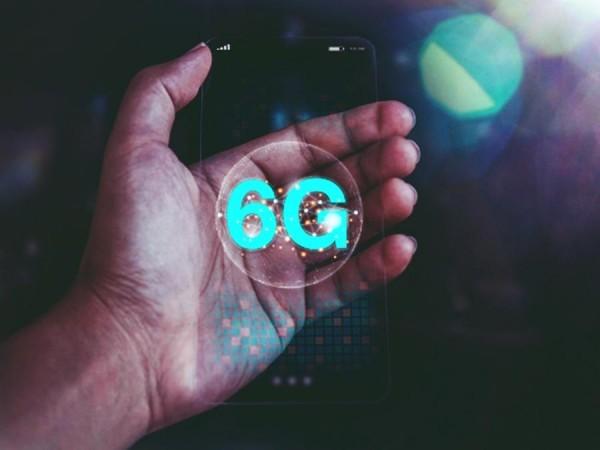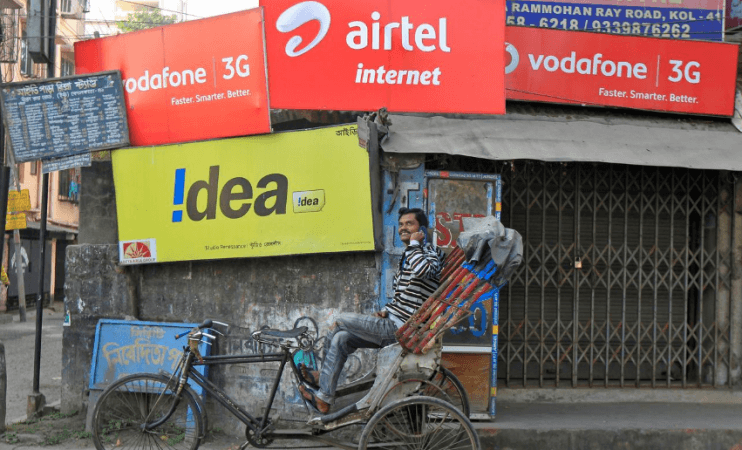The US government is drawing up plans for the eventual use of 6G networks, hoping to give Washington a technological edge in the future amid concerns over Beijings rapid advances in the telecommunications sector.
The White House met with corporate leaders, technology officials and academic experts to develop strategies for upcoming 6G networks on Friday, senior US officials confirmed to multiple news outlets, RT reported.
The administration seeks to "take the lessons learned from 5G about the importance of early involvement and resilience" and use them to develop a 6G network which "optimizes performance, accessibility, and security", one government staffer added. It's expected to be ten times faster and superior to 5G.

While 6G technology is still in its infancy and is likely years away from use by the general public, it is expected to be significantly faster than the current 5G networks, and to dramatically expand high-speed internet access across the globe, RT reported.
In late 2020, China successfully launched an experimental satellite carrying candidates for possible 6G technology, hoping to verify the performance of the 6G frequency band in space.

Another administration official noted China's technological gains in recent years, namely in the rollout of its own 5G network, saying Beijing had used the tech to advance national security goals and grow its global market share in the telecoms industry, RT reported.
Huawei is preparing for its own rollout of 6G technology, and says it hopes to launch the ultra-fast networks by 2030.
What's 6G?
6G is the next generation of wireless communication technology that is currently under development. While 5G focuses on enhancing data transfer speeds and reducing latency, 6G is expected to bring a significant leap forward in terms of speed, latency, capacity, reliability, and security.
Some of the key differences between 6G and 5G are:
- Speed: 6G is expected to offer peak data rates of up to 1 terabit per second (Tbps), which is 100 times faster than the peak speeds of 5G.
- Latency: 6G is expected to have much lower latency than 5G, with end-to-end latency as low as 100 microseconds or less, compared to 5G's typical latency of 1 millisecond.
- Spectral efficiency: 6G is expected to achieve higher spectral efficiency, meaning it can carry more data per unit of bandwidth, compared to 5G.
- Connectivity density: 6G is expected to support up to 10 times more connected devices per unit area than 5G, which will be useful for applications such as Internet of Things (IoT) and smart cities.
- Energy efficiency: 6G is expected to be more energy-efficient than 5G, which will be important for the deployment of large-scale wireless networks.
(With inputs from IANS)

















![Limited edition Phone (3a) launched in India; what's special about it [read now]](https://data1.ibtimes.co.in/en/full/825642/limited-edition-phone-3a-launched-india-whats-special-about-it-read-now.png?w=220&h=135)